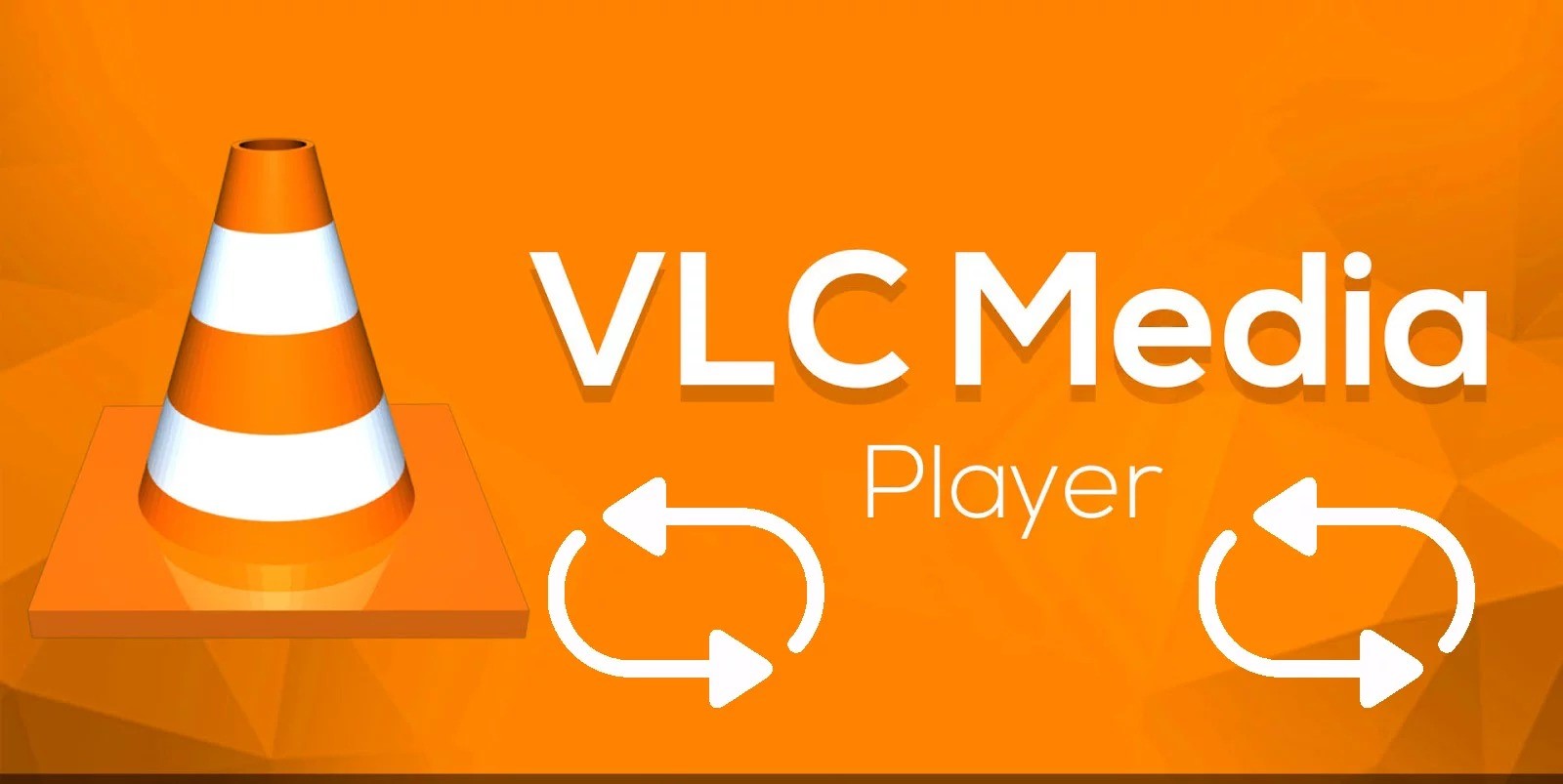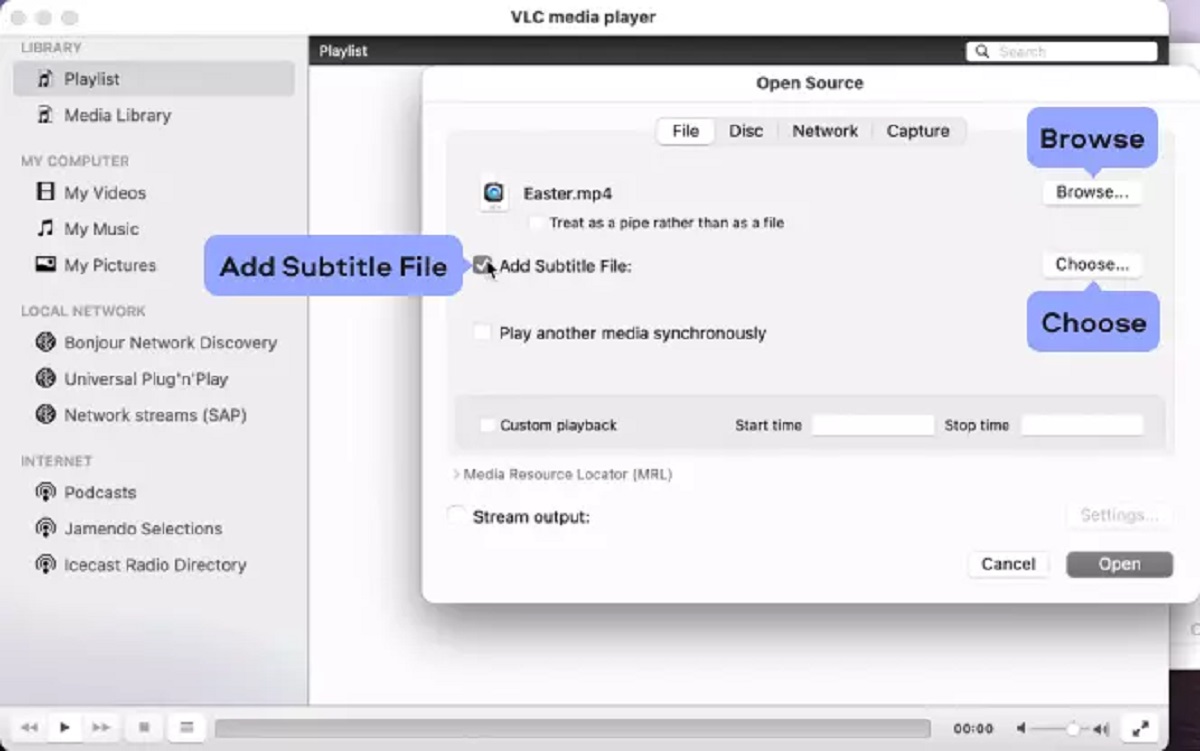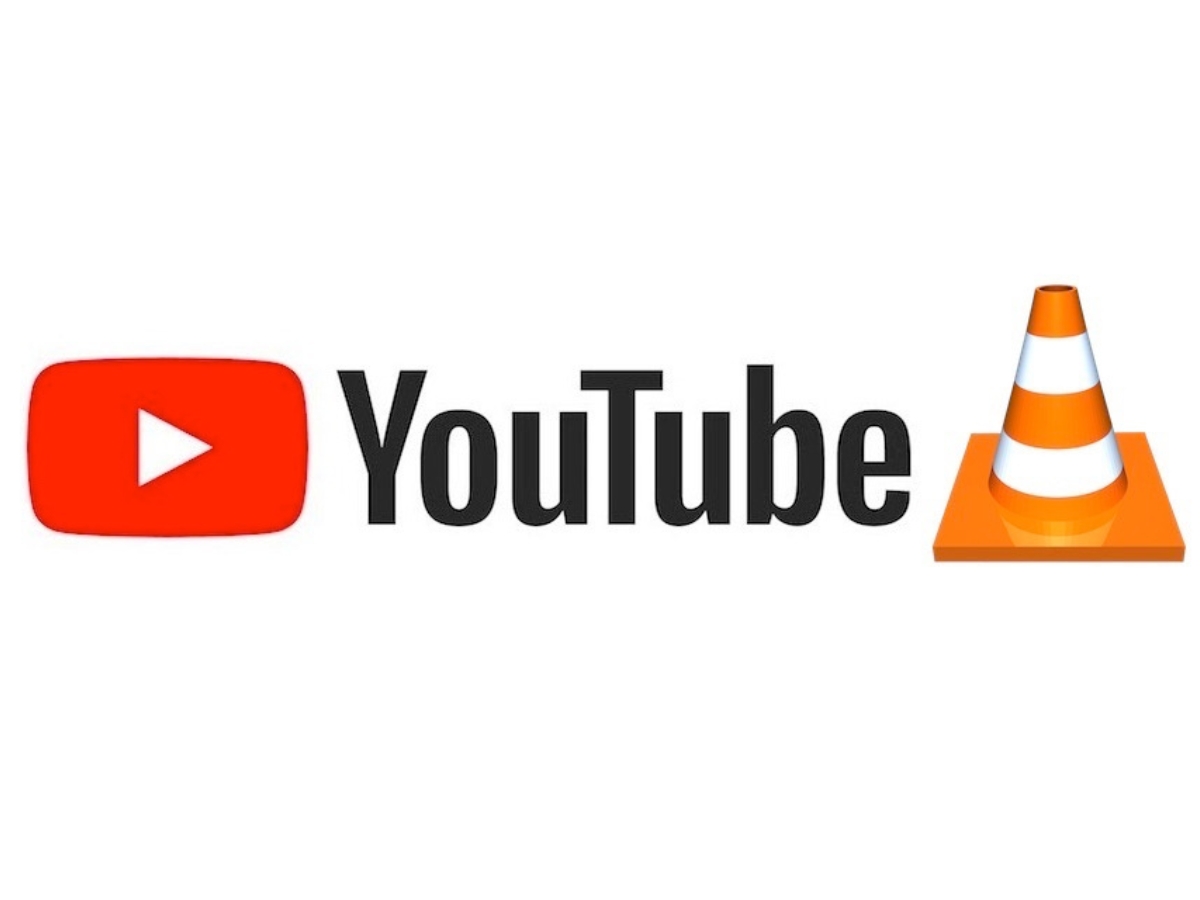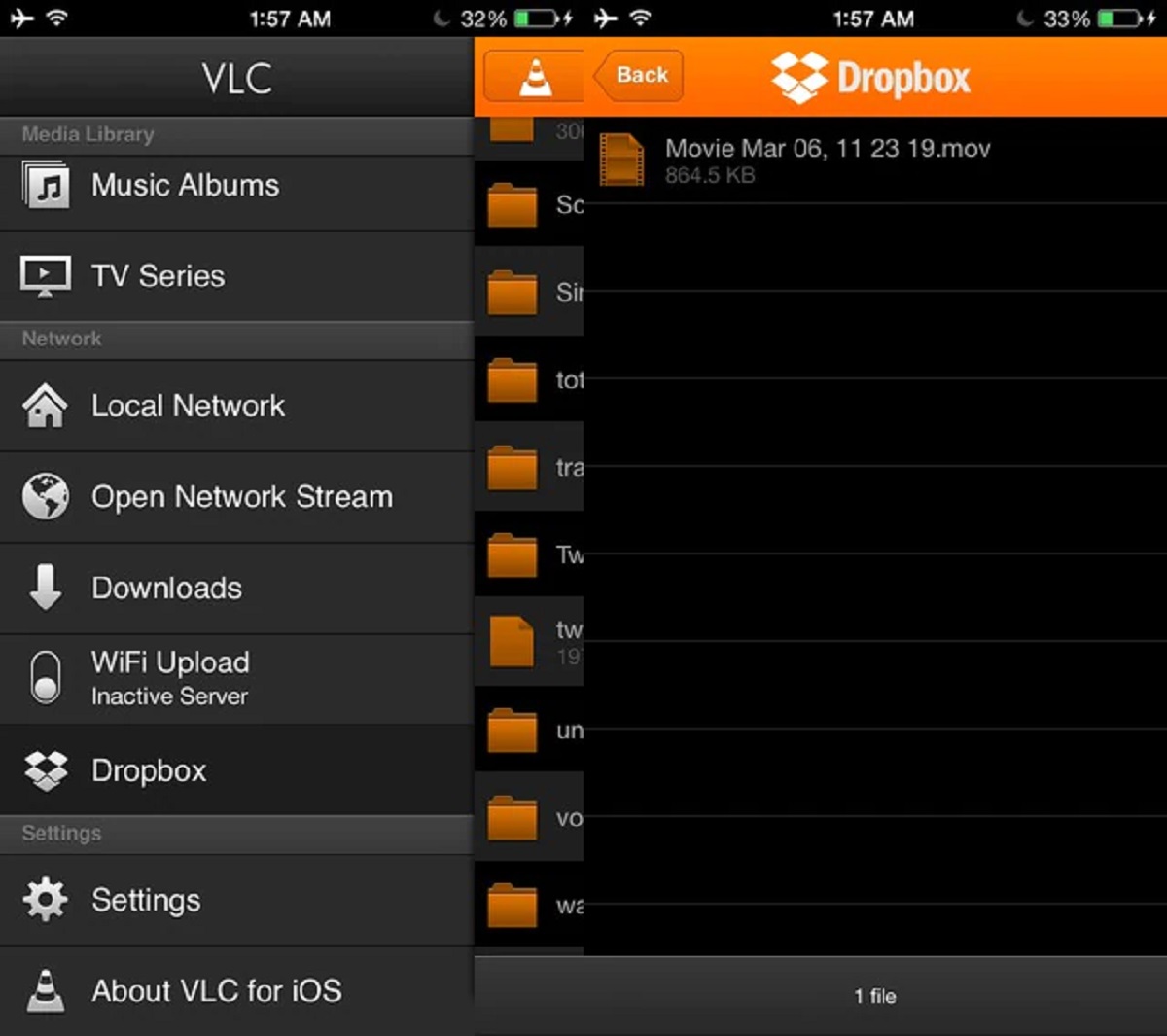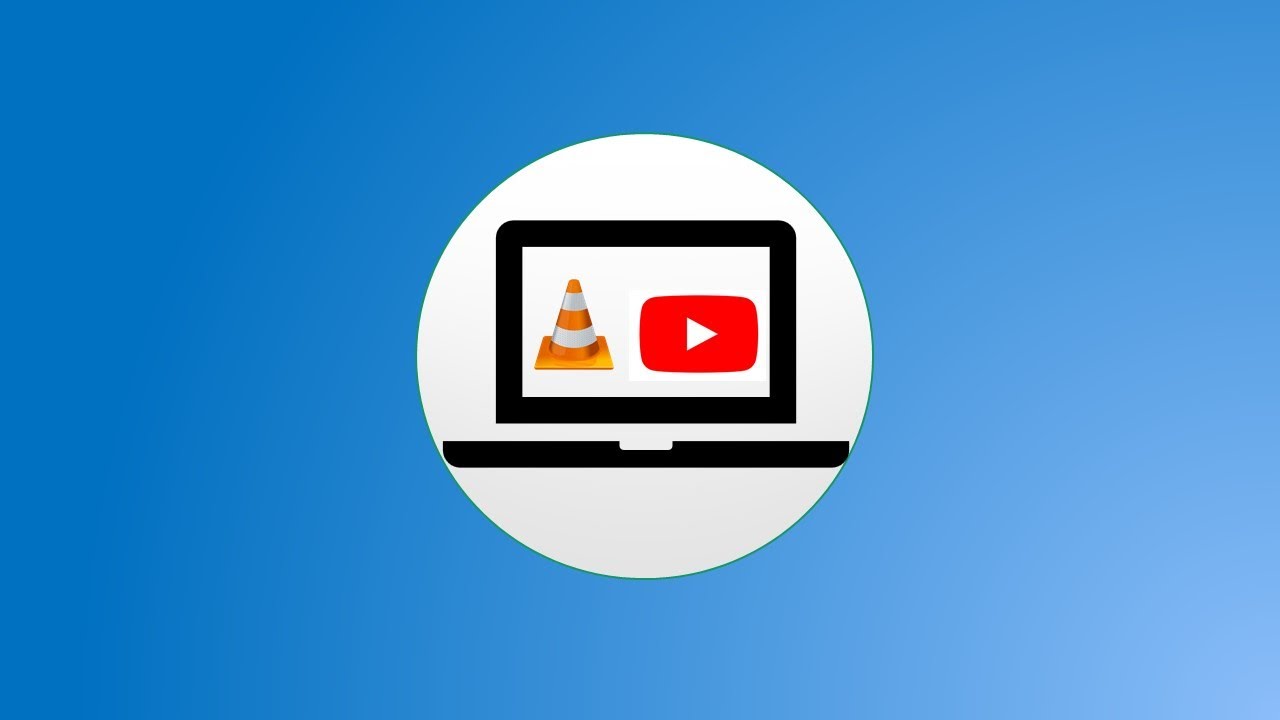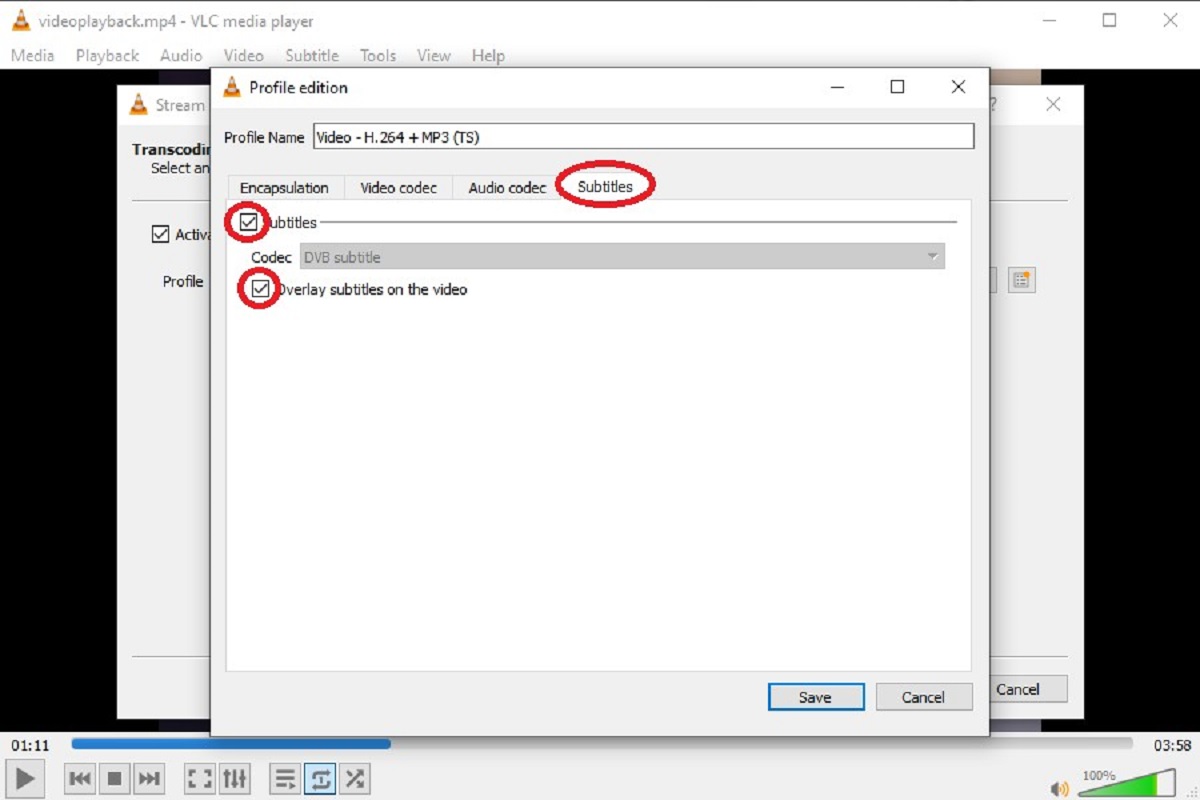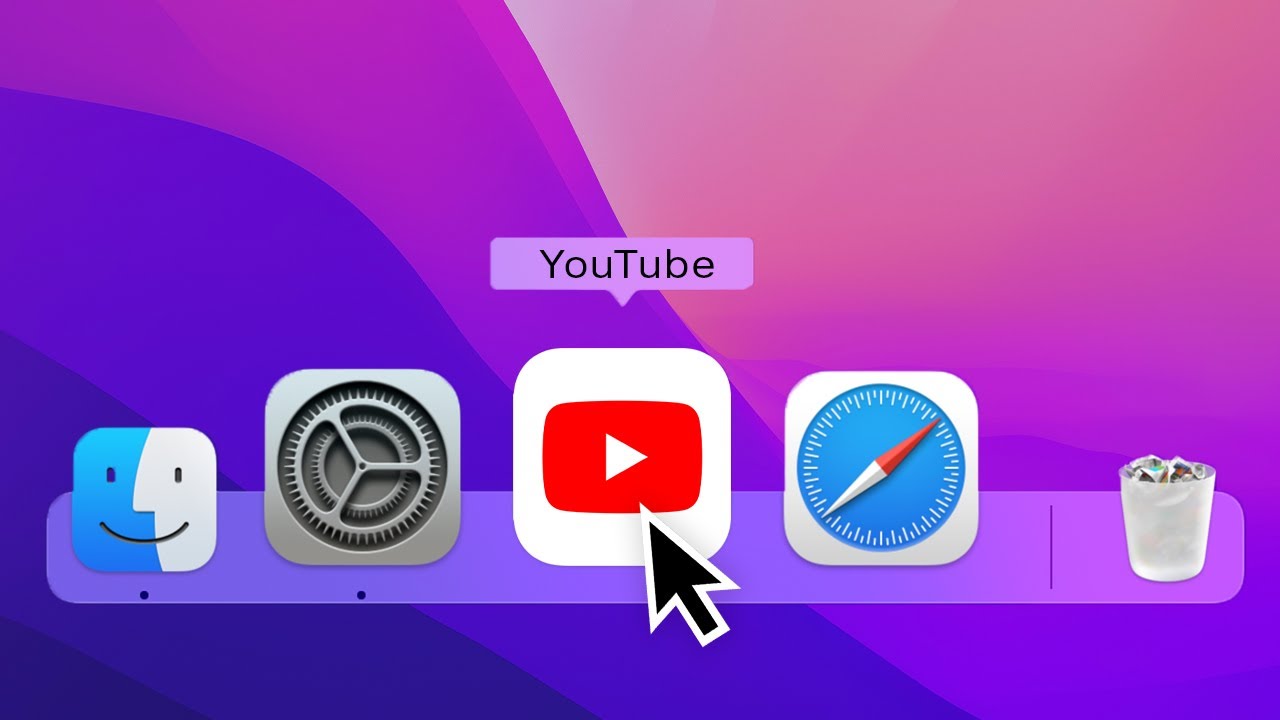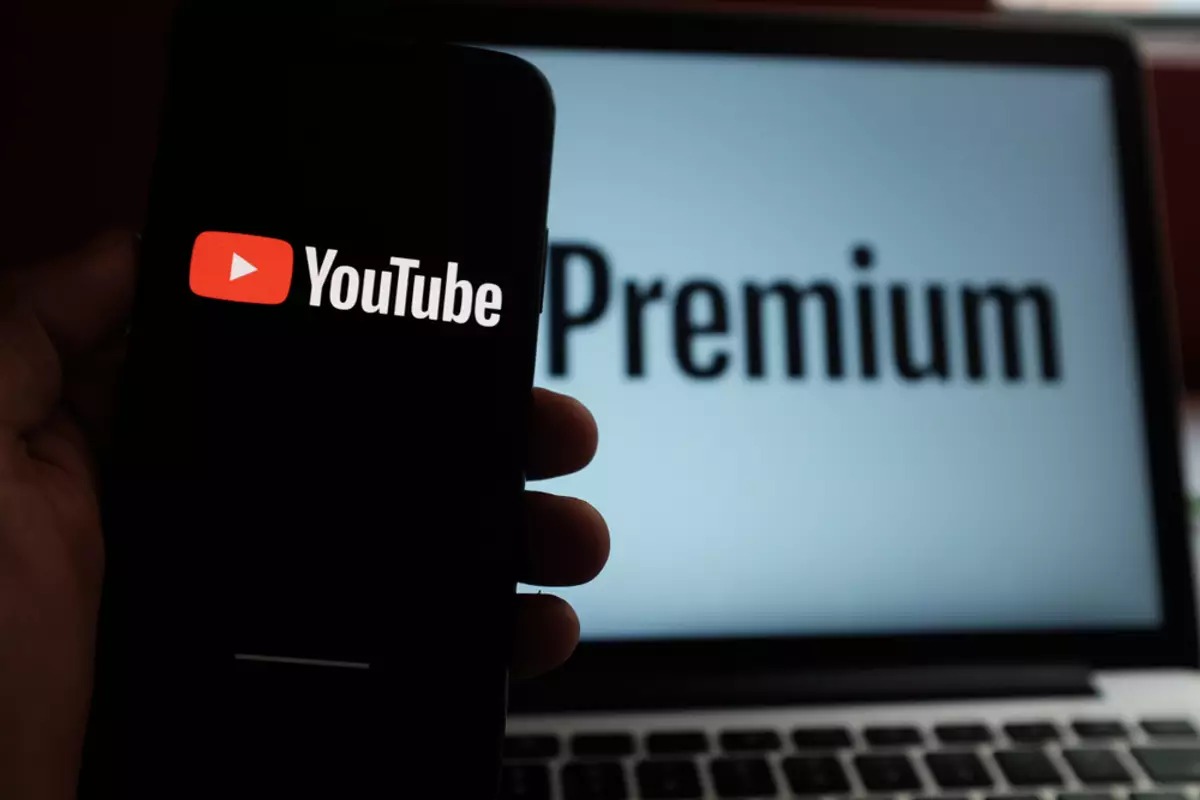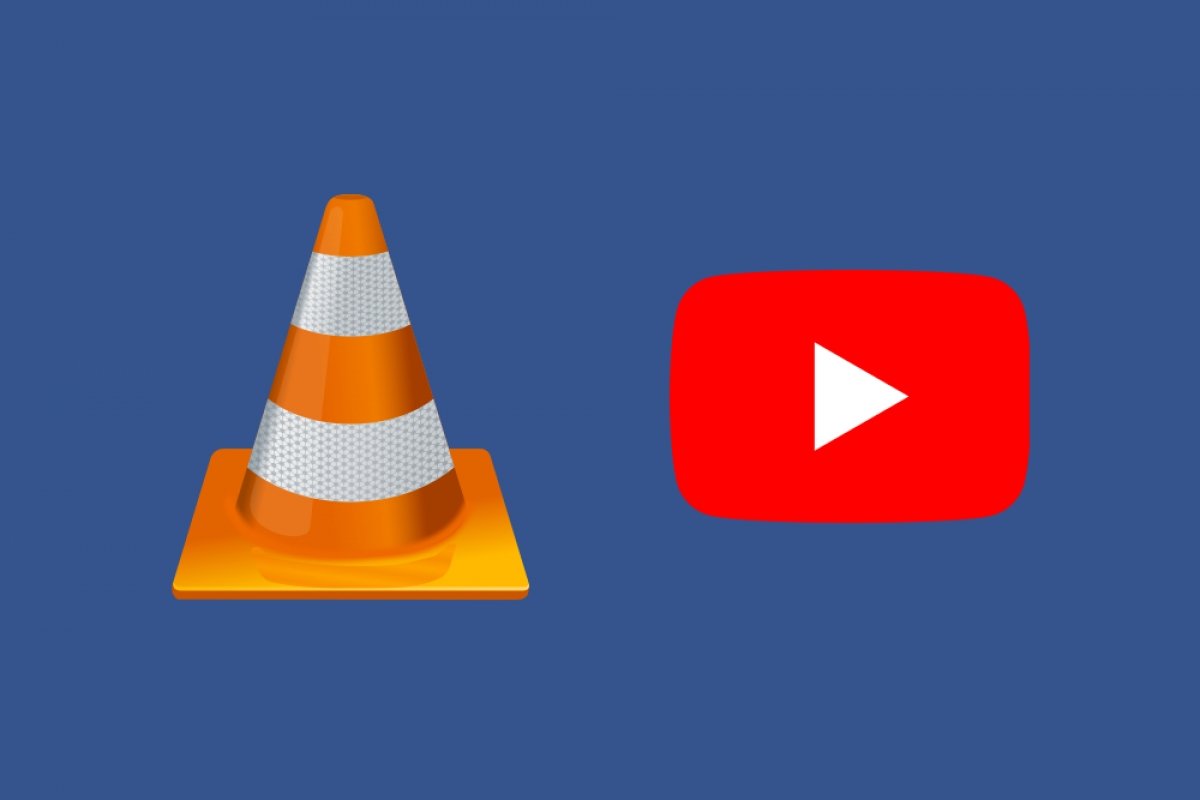Introduction
Welcome to this guide on how to download videos using VLC Media Player. VLC is a popular free and open-source multimedia player that supports a wide range of formats and platforms. It is not just a player, but also a powerful tool that allows you to perform various tasks such as converting files, streaming media, and, of course, downloading videos.
Nowadays, videos are a prevalent form of media on the internet. From educational content to entertainment, we often come across videos that we would like to have offline access to. Whether it’s a tutorial, a music video, or a movie, having the ability to download videos can be incredibly useful.
So, why should you use VLC to download videos? Firstly, VLC is widely available for different operating systems, including Windows, macOS, Linux, and even mobile platforms like Android and iOS. This cross-platform compatibility makes it accessible to a large user base. Additionally, VLC’s user-friendly interface and intuitive features make it easy to use, even for beginners.
Another reason to choose VLC for downloading videos is its powerful streaming capabilities. VLC has the ability to capture and save streaming videos, which means that you can download videos from popular video sharing platforms like YouTube, Vimeo, and Dailymotion, just to name a few. This flexibility makes VLC an excellent choice for downloading videos from various sources.
In this guide, we will take you through the step-by-step process of downloading videos using VLC. We will cover everything from installing VLC to monitoring the download progress and playing the downloaded videos. So, get ready to unlock the full potential of VLC and start downloading your favorite videos in no time!
Without further ado, let’s dive into the world of VLC and discover how to harness its downloading capabilities.
What is VLC?
VLC, short for VideoLAN Client, is a popular and versatile media player that is known for its ability to play almost any multimedia file format. It was developed by VideoLAN, a non-profit organization, and is available for free for various operating systems.
One of the key highlights of VLC is its wide format support. Unlike many other media players, VLC can handle a vast range of audio and video file formats, including MPEG, AVI, MP4, MKV, FLAC, and many more. This makes it a go-to choice for users who have media files in different formats and don’t want to hassle with converting them.
VLC’s popularity is also due to its cross-platform compatibility. It is available for Windows, macOS, Linux, Android, iOS, and even some smart TVs. This means that regardless of the device you use, you can enjoy the benefits of VLC.
Not only can VLC play media files, but it also offers additional features and functionalities. VLC can act as a streaming server, allowing you to stream media files over a local network. It also supports streaming from popular online platforms, making it convenient for users to enjoy their favorite videos and music from various sources.
Furthermore, VLC comes with a range of advanced settings and options, allowing users to fine-tune their media playback experience. You can adjust audio and video effects, customize subtitles, and even use VLC’s equalizer to enhance the audio quality.
An important aspect of VLC is its open-source nature. Being an open-source software, VLC benefits from the contributions of a global community of developers. This means that it is constantly being improved and updated, ensuring that users have access to the latest features and bug fixes.
In summary, VLC is much more than just a media player. It is a versatile tool that supports a wide range of formats, offers advanced features and customization options, and can be used across different platforms. Whether you want to play multimedia files or explore its additional functionalities, VLC is a reliable and powerful choice.
Why Download Videos with VLC?
Downloading videos using VLC Media Player offers several advantages and benefits that make it a preferred choice for many users. Let’s explore why downloading videos with VLC is advantageous:
1. Convenience: VLC provides a one-stop solution for all your video needs. It eliminates the need to use different software or online tools for downloading videos. With VLC, you can seamlessly download videos from a variety of sources, including popular video sharing platforms.
2. Wide Compatibility: VLC supports a wide range of video formats, ensuring that you can download videos in the format of your choice. Whether it’s MP4, AVI, MKV, or any other format, VLC has got you covered.
3. Cross-Platform Support: VLC is available for multiple operating systems, making it accessible to users across different platforms. Whether you’re using Windows, macOS, Linux, or mobile devices, you can utilize VLC’s video downloading functionality without any compatibility issues.
4. High-Quality Downloads: When you download videos with VLC, you can expect high-quality output. VLC ensures that the downloaded videos retain their original resolution and quality, providing an optimal viewing experience.
5. Customization Options: VLC offers various customization options for downloading videos. You can choose the destination folder where the videos will be saved, specify the download quality, and even cut or trim the downloaded videos if needed.
6. Fast and Reliable: VLC’s video downloading feature is efficient and reliable. It utilizes advanced algorithms to ensure smooth and quick downloads, allowing you to save time and enjoy your favorite videos without interruption.
7. No Additional Software Needed: Unlike some other methods of video downloading, VLC doesn’t rely on third-party software or plugins. You can directly download videos using VLC without the need for any additional installations.
8. Ad-Free Experience: Many online video downloading tools and platforms are accompanied by intrusive ads. With VLC, you can enjoy an ad-free experience when downloading videos, ensuring a seamless and uninterrupted process.
Overall, downloading videos with VLC offers convenience, compatibility, customization options, and reliable performance. It’s a versatile solution that caters to the needs of users across different platforms, making it an excellent choice for anyone who wants to download videos quickly and effortlessly.
Step 1: Install VLC
The first step to downloading videos with VLC is to install the VLC Media Player on your device. Here’s how you can do it:
1.1. Visit the Official VLC Website: Open your web browser and navigate to the official website of VLC Media Player. The website URL is www.videolan.org/vlc/. VLC is available for various operating systems, so make sure to choose the appropriate version for your device.
1.2. Download the Installer: On the VLC website, you will find the download link for the latest version of VLC. Click on the download link that corresponds to your operating system (e.g., Windows, macOS, Linux, etc.).
1.3. Run the Installer: Once the installer file is downloaded, locate the file on your device and double-click on it to run the installation process. Follow the prompts and instructions provided by the installer wizard to proceed with the installation.
1.4. Customize Installation Settings (optional): During the installation process, you may be presented with the option to customize certain installation settings. You can choose the installation location, select additional components or plugins, and configure default file associations according to your preferences.
1.5. Complete the Installation: After customizing the installation settings, click on the “Install” or “Next” button to proceed. The installer will then extract and install the VLC Media Player files on your device. Depending on your system’s specifications, the installation process may take a few minutes.
1.6. Launch VLC: Once the installation is complete, you will be prompted to launch VLC. Alternatively, you can also launch VLC manually by locating its shortcut icon on your desktop or in the Start menu. Click on the VLC icon to open the media player.
That’s it! You have successfully installed VLC Media Player on your device. Now you’re ready to move on to the next steps and start downloading videos using VLC. Remember to keep VLC up to date by periodically checking for software updates, as newer versions often come with improved features and bug fixes.
Step 2: Open VLC
Once you have successfully installed VLC Media Player on your device, the next step is to open the application. Here’s how you can do it:
2.1. Locate the VLC Icon: Depending on your operating system, you can find the VLC icon either on your desktop, in your Applications folder, or in the Start menu. Look for the recognizable orange cone icon with the white traffic cone design, which represents VLC Media Player.
2.2. Double-Click the VLC Icon: Simply double-click on the VLC icon to launch the application. Alternatively, you can right-click on the icon and choose “Open” from the context menu.
2.3. Wait for VLC to Load: After clicking on the VLC icon, the application will start to load and initialize. The loading time may vary depending on your system and the size of your media library, if any.
2.4. VLC Home Screen: Once VLC has finished loading, you will be presented with the VLC home screen. This is the main interface of the application, where you can access various features and functions.
2.5. Explore VLC Features: Take a moment to familiarize yourself with the different sections and options available on the VLC home screen. You will find a toolbar at the top, playback controls in the bottom left corner, and a playlist section on the right.
2.6. Customize VLC Settings (optional): If desired, you can customize VLC settings to personalize your playback experience. Go to the “Preferences” or “Settings” option in the menu (usually under the “Tools” or “Edit” menu) and explore the different settings available. You can adjust video and audio settings, configure subtitles, set up network streaming, and more.
With VLC successfully opened on your device, you’re now ready to proceed to the next steps and start downloading videos. VLC provides a user-friendly and intuitive interface, making it easy to navigate and utilize its multitude of features. Whether you’re a novice or an experienced user, VLC’s simplicity and powerful capabilities make it an ideal choice for downloading and enjoying videos on your device.
Step 3: Copy the Video URL
After opening VLC Media Player, the next step in downloading videos is to obtain the URL of the video you want to download. The video URL is the unique web address that points directly to the video file online. Follow the steps below to copy the video URL:
3.1. Open your web browser: Launch your preferred web browser on your device. You can use popular web browsers such as Google Chrome, Mozilla Firefox, Safari, etc.
3.2. Navigate to the webpage containing the video: Using your browser’s address bar, enter the web address of the webpage that contains the video you want to download. This can be a video-sharing platform like YouTube, Vimeo, or any website that hosts videos.
3.3. Locate the video: Once you reach the webpage, locate the specific video you want to download. You may need to search for the video or browse through categories or playlists to find it.
3.4. Right-click on the video: Once you have identified the video, right-click on it. This will open a contextual menu with various options.
3.5. Select the “Copy Video URL” or “Copy Video Address” option: In the contextual menu, look for an option that allows you to copy the video URL. It may be labeled as “Copy Video URL,” “Copy Video Address,” or a similar variation. Click on this option to copy the URL to your device’s clipboard.
3.6. Confirm the URL has been copied: To ensure that the video URL has been successfully copied, you can paste it into a text document or a text field. Right-click and select “Paste” or use the keyboard shortcut Ctrl+V (Windows) or Command+V (macOS) to paste the URL. If the video URL appears, then it has been successfully copied.
By successfully copying the video URL, you’re now ready to proceed to the next steps in VLC Media Player to download the video. The copied URL will be used to fetch the video file and initiate the downloading process within VLC, allowing you to save the video to your local storage for offline access and playback.
Step 4: Open the Network Stream Option
With the video URL copied, you can now move on to the next step in downloading videos using VLC Media Player. In this step, we will open the Network Stream option, which allows you to input the video URL and initiate the download process. Follow the steps below:
4.1. Navigate to the Media menu: At the top of the VLC Media Player window, you will find a menu bar. Click on the “Media” option to open the Media menu.
4.2. Choose “Open Network Stream”: In the Media menu, hover your cursor over the “Open Network Stream” option. This will open a submenu with additional playback options.
4.3. Click on “Open Network Stream”: From the submenu, click on the “Open Network Stream” option. This will open a new window or dialog box specifically for network streaming.
4.4. Paste the video URL: In the Network Stream window, you will find a text field or input box. Right-click within this text field and select “Paste” or use the keyboard shortcut Ctrl+V (Windows) or Command+V (macOS) to paste the previously copied video URL into the field.
4.5. Click on “Play” or “Open”: Once you have pasted the video URL into the Network Stream field, click on the “Play” button or the “Open” button. Alternatively, you can press the Enter key on your keyboard to initiate the playback of the video.
4.6. Wait for VLC to parse the video URL: VLC will now process the video URL and fetch the video file from the provided network source. It may take a few moments for VLC to establish the connection and start buffering the video.
4.7. Monitor the Network Stream: As VLC parses the video URL, you will notice the Network Stream window displaying the progress of the video loading and buffering. You can also see the total duration of the video if it’s available.
With the Network Stream opened and the video URL pasted, you’re now ready to proceed to the next steps in VLC Media Player to complete the video downloading process. VLC will handle the video URL and fetch the video file, preparing it for downloading to your local storage for offline viewing and enjoyment.
Step 5: Paste the Video URL
After opening the Network Stream option in VLC Media Player, the next step in downloading videos is to paste the video URL that you previously copied. This URL will allow VLC to fetch the video file and proceed with the downloading process. Follow the steps below to paste the video URL:
5.1. Locate the URL input field: In the Network Stream window that opens in VLC, you will find a text field or input box specifically designated for the video URL. This is where you will paste the URL.
5.2. Right-click within the URL input field: Click within the URL input field, and then right-click to open the contextual menu with various options.
5.3. Select “Paste” from the contextual menu: In the contextual menu that appears, select the “Paste” option. Alternatively, you can use the keyboard shortcut Ctrl+V (Windows) or Command+V (macOS) to paste the video URL directly into the input field.
5.4. Verify the video URL: After pasting the video URL, take a moment to double-check that it has been correctly pasted into the input field. Ensure that there are no extra spaces or characters that might interfere with the URL’s accuracy.
5.5. Click on “Play” or “Open”: Once you have verified the video URL, click on the “Play” button or the “Open” button within the Network Stream window. Alternatively, you can press the Enter key on your keyboard to initiate the video playback, which also triggers the downloading process.
5.6. Wait for VLC to process the video URL: After clicking on “Play” or “Open,” VLC will start to process the video URL. It will connect to the video source and begin fetching the video file for downloading.
5.7. Monitor the video loading progress: As VLC processes the video URL and begins loading the video file, you can monitor the progress within the Network Stream window. It may take some time depending on factors such as the size of the video and your internet connection speed.
With the video URL successfully pasted and processed by VLC, you’re now ready to proceed to the next steps in the downloading process. VLC will fetch the video file and initiate the download, allowing you to save the video to your local storage and enjoy it offline at your convenience.
Step 6: Choose Save Destination
After pasting the video URL in VLC and initiating the downloading process, the next step is to choose the save destination for the downloaded video file. This step allows you to specify the folder or location on your device where the video will be saved. Follow the steps below to choose the save destination:
6.1. Wait for the video to start playing: As VLC starts loading the video, it may begin playing the video in the player window. In some cases, the video may appear as a black screen or in a minimized player. Allow the video to play for a few seconds before proceeding to the next step.
6.2. Right-click on the video: In the VLC player window, right-click on the video itself. This will open a contextual menu with various options.
6.3. Hover over the “Save” or “Save As” option: In the contextual menu, hover your cursor over the “Save” or “Save As” option. This will display a submenu or additional options related to saving the video.
6.4. Choose the desired save option: From the submenu, select the save option that suits your preference. The options may include “Save,” “Save As,” or “Save Video As.” Clicking on the appropriate option will open the file explorer or save dialogue box on your device.
6.5. Browse to the desired save destination: In the file explorer or save dialogue box, navigate to the folder or location on your device where you want to save the downloaded video. You can choose an existing folder or create a new folder for better organization.
6.6. Confirm the save destination: After locating the desired save destination, double-check that the correct folder is selected. Ensure that the folder path is displayed correctly in the save dialogue box.
6.7. Click on “Save” or “OK”: Once you have confirmed the save destination, click on the “Save” button or the “OK” button to initiate the downloading process. VLC will save the video to the chosen location on your device.
By following these steps, you can easily select the save destination for the video you are downloading with VLC. Choosing a suitable destination allows you to easily locate and access the downloaded video file later. With the save destination set, you can move on to the next steps in the process and monitor the progress of the video download.
Step 7: Start Downloading the Video
After choosing the save destination for the downloaded video file, the next step is to start the actual downloading process in VLC Media Player. Follow these steps to initiate the download:
7.1. Monitor the video loading progress: As VLC continues to buffer and load the video, you can monitor the progress within the VLC player window. The loading progress may be displayed as a percentage or a visual indicator.
7.2. Wait for the video to fully load: Ensure that the video has fully loaded before proceeding to the next step. It is essential to wait for the video to complete loading to ensure a smooth and uninterrupted download.
7.3. Right-click on the video: In the VLC player window, right-click on the video that is currently playing. This will open a contextual menu with various options.
7.4. Hover over the “Save” or “Download” option: In the contextual menu, hover your cursor over the “Save” or “Download” option. This will display a submenu or additional options related to downloading the video.
7.5. Select the desired download option: From the submenu, choose the download option that matches your preference. The options may include “Save,” “Download,” or “Download Video.” Click on the appropriate option to initiate the downloading process.
7.6. Monitor the download progress: After selecting the download option, VLC will start to download the video file to the specified save destination. You can monitor the progress of the download in the VLC player window or through a separate download progress window.
7.7. Wait for the download to complete: Allow the download to progress until it reaches 100% or indicates that it is complete. The time taken for the download to finish depends on the size of the video file and the speed of your internet connection.
By following these steps, you can start the download process for the video you are downloading using VLC Media Player. VLC will handle the download and save the video file to the designated location on your device. Now you can move on to the next step and monitor the progress of the download.
Step 8: Monitor Download Progress
Once you have started the downloading process in VLC Media Player, it is essential to monitor the progress of the download to ensure it completes successfully. Follow these steps to monitor the download progress:
8.1. Locate the download progress indicator: While the video is being downloaded, VLC will display a progress indicator within the VLC player window or in a separate download progress window. Look for a visual representation or text that shows the progress of the download.
8.2. Check the download speed and remaining time: In addition to the progress indicator, VLC may provide information about the download speed and the estimated time remaining for the download to finish. This can give you an idea of how long the download is expected to take.
8.3. Monitor the download percentage: Watch for the percentage value that indicates how much of the video has been downloaded. As the download progresses, this value will increase, approaching 100% when the download is complete.
8.4. Ensure a stable internet connection: It is important to maintain a stable internet connection throughout the download process. A stable connection ensures that the download is not interrupted or corrupted, resulting in a successful and playable video file.
8.5. Avoid interrupting or closing VLC: To ensure a smooth download process, avoid closing VLC or interrupting the downloading process. Interrupting the download may result in an incomplete or corrupted video file.
8.6. Wait for the download to complete: Allow the download to progress until it reaches 100% or shows that it has completed successfully. The time taken for the download to finish depends on the size of the video file and the speed of your internet connection.
8.7. Verify the downloaded video: Once the download is complete, navigate to the save destination you selected earlier and verify that the video file has been successfully downloaded. You can play the video using VLC or any compatible media player to ensure it is playable without any issues.
By carefully monitoring the download progress, you can ensure that the video is downloading smoothly and without any interruption. Keeping an eye on the progress allows you to take any necessary actions, such as troubleshooting network issues or ensuring enough storage space is available, to ensure a successful video download. With the download completed, you can move on to the final step and enjoy the downloaded video.
Step 9: Play the Downloaded Video
After successfully downloading the video using VLC Media Player, the final step is to play the downloaded video and enjoy your content. Follow these steps to play the downloaded video:
9.1. Locate the downloaded video: Depending on the save destination you selected earlier, navigate to the folder or location on your device where the video has been saved. This is typically the folder you chose or the default download location configured in VLC.
9.2. Double-click on the video: Find the downloaded video file in the designated folder and double-click on it. This will open the video using VLC Media Player, provided that VLC is set as the default media player for the specific video file format.
9.3. Right-click on the video (alternate method): If double-clicking on the video file does not open it in VLC, you can right-click on the video and select “Open With” or “Open With VLC Media Player” (or a similar option) from the contextual menu. This will force the video to open using VLC.
9.4. Verify the video playback: Once the video opens in VLC Media Player, verify that the video is playing correctly. Ensure that both the audio and video components are functioning properly and that the video quality meets your expectations.
9.5. Utilize VLC’s playback controls: VLC offers various playback controls to enhance your viewing experience. You can pause, play, seek, adjust volume, and even apply video filters through the control buttons available in the player interface.
9.6. Customize audio and video settings (optional): If desired, you can customize the audio and video settings in VLC to suit your preferences. Adjust the equalizer settings, enable or disable subtitles, and explore other options available in the VLC settings menu for a personalized viewing experience.
9.7. Enjoy your downloaded video: Sit back, relax, and enjoy watching the downloaded video using VLC Media Player. Whether it’s a movie, a music video, or any other form of video content, VLC provides a reliable and feature-rich environment for seamless playback.
By following these steps, you can easily play the downloaded video using VLC Media Player. VLC’s intuitive interface, along with its robust codec support and customization options, ensures an enjoyable viewing experience. Congratulations! You have successfully completed all the necessary steps to download and play your favorite videos using VLC.
Conclusion
In this guide, we have explored the step-by-step process of downloading videos using VLC Media Player. VLC offers a convenient and versatile solution for downloading videos from various sources, allowing you to enjoy them offline at your convenience.
We began by installing VLC Media Player, which is available for different operating systems, making it accessible to a wide range of users. Then, we learned how to open VLC and navigate its user-friendly interface. After that, we copied the video URL from the webpage containing the video we wanted to download.
Once the URL was copied, we opened the Network Stream option in VLC and pasted the video URL. We then proceeded to choose the save destination for the downloaded video, ensuring that it is saved to a location of our choice on our device.
The next steps involved starting the video download in VLC, monitoring the progress of the download, and verifying a stable internet connection throughout the process. We patiently waited for the download to complete and verified that the video file was successfully saved to the specified destination.
Finally, we concluded by learning how to play the downloaded video using VLC Media Player. VLC’s powerful playback controls and customization options enhance the viewing experience, ensuring that you can enjoy your downloaded videos without any hassle.
By following the steps outlined in this guide, you can easily download videos using VLC Media Player and have them available for offline playback. VLC’s versatility, cross-platform compatibility, and wide format support make it an excellent choice for downloading and enjoying videos from various sources.
So, whether you want to download educational videos, entertainment content, or any other type of video, VLC Media Player is a reliable tool to fulfill your downloading needs. Start exploring the world of video downloading with VLC and unlock a new dimension of offline video access.







